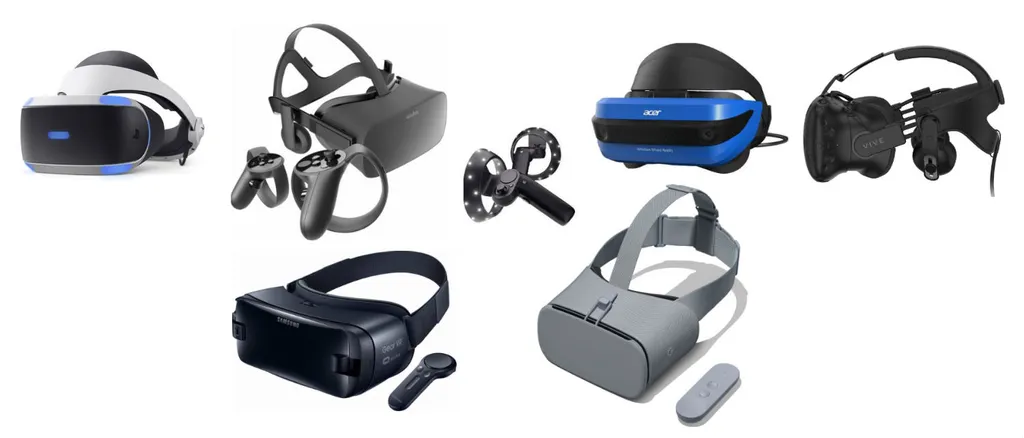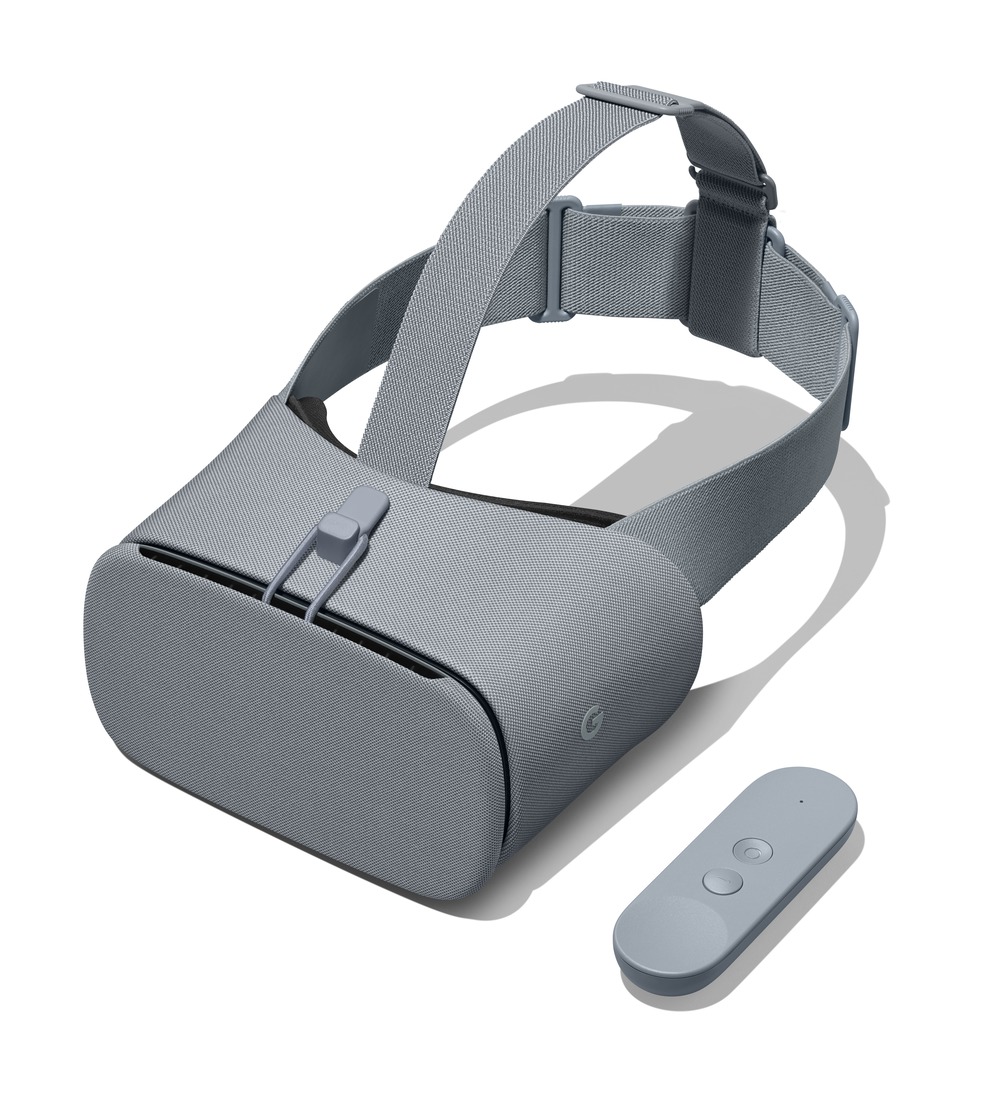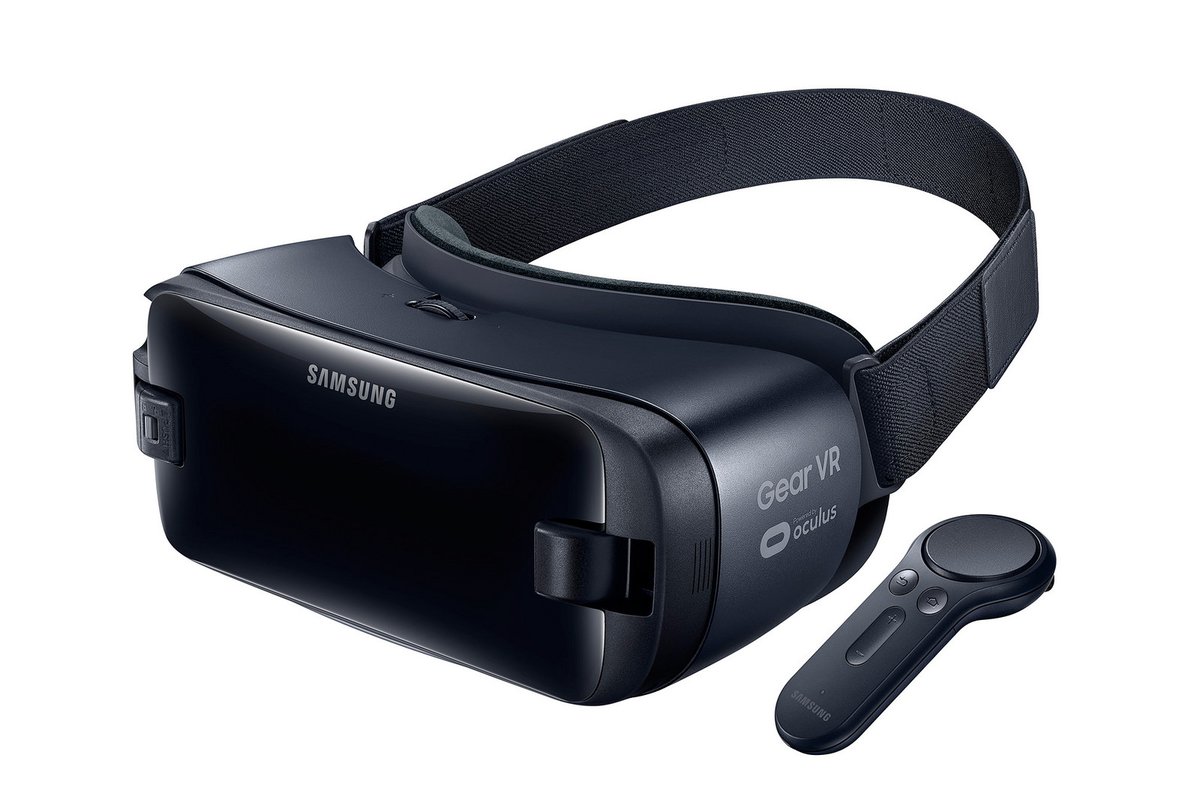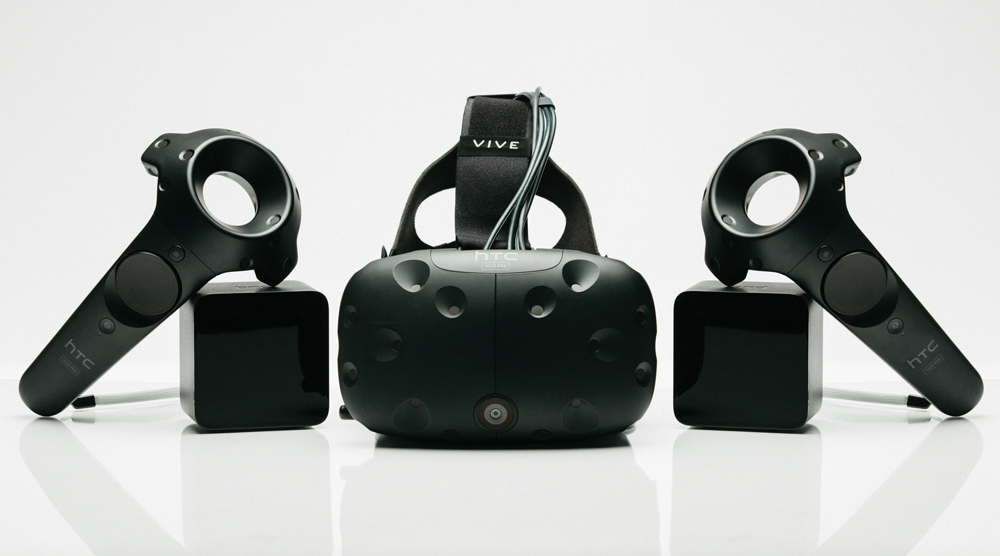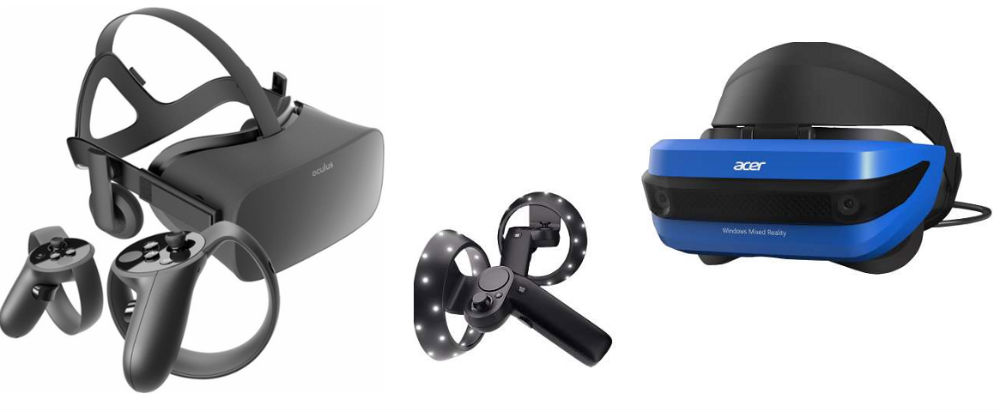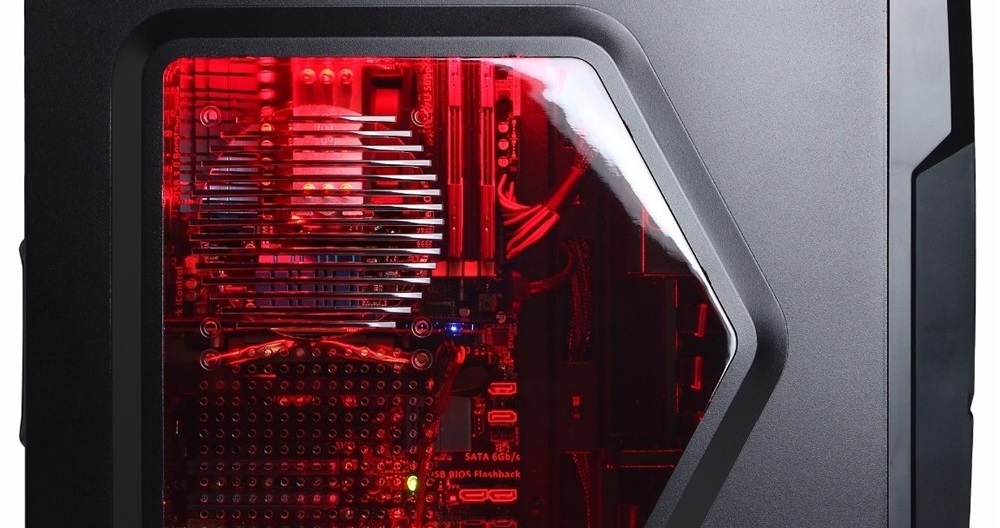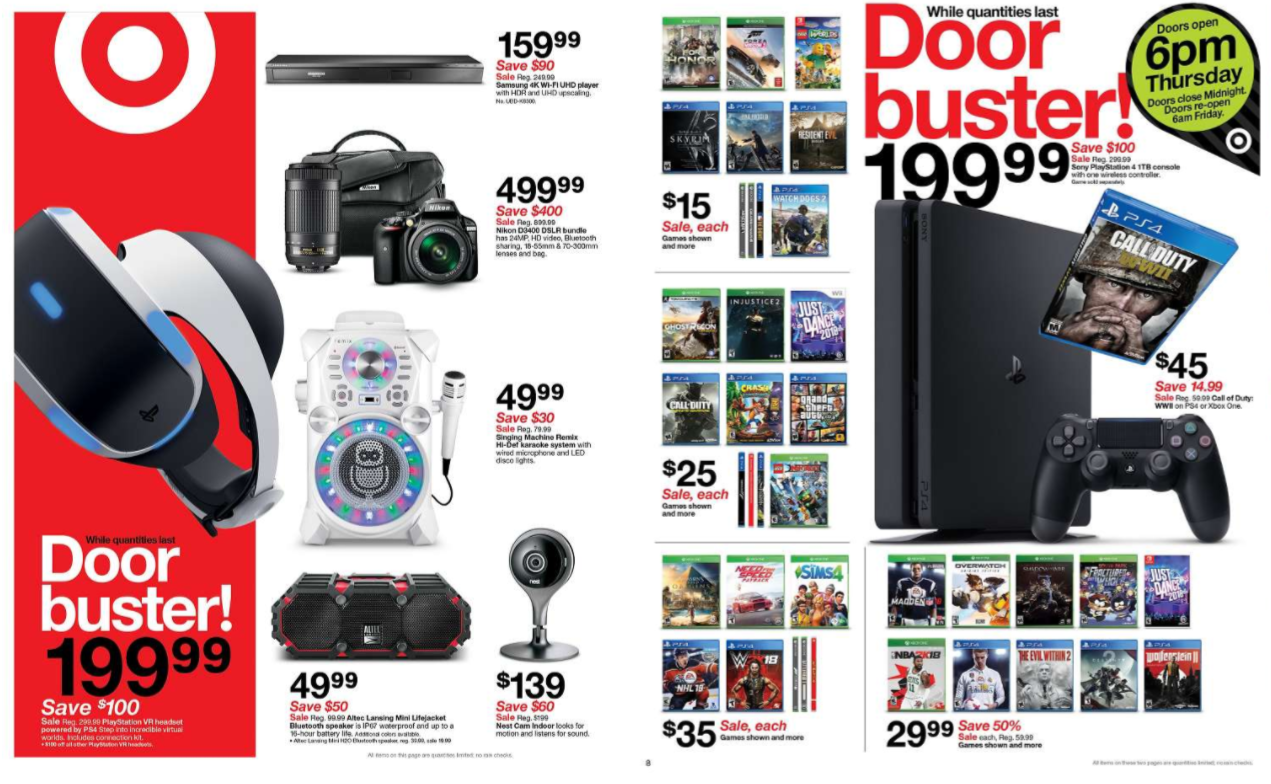At the end of 2017 there are virtual reality headsets available powered by technology from some of the world’s largest tech companies, including Microsoft, Facebook, Sony, and Google. Unlike the failed 3D TVs of just a few years ago, these VR headsets convince your eyes and ears that you’re actually seeing and hearing a fantastic virtual world all around you. Today’s most immersive and interactive VR technology will even bring your hands into the virtual world so you can interact with it as naturally as picking up a cup of coffee.
In 2018 and into 2019 a new generation of VR headsets will become less expensive and much more convenient to use, but that doesn’t mean the ones available today aren’t mind-blowing and enormously fun. This is a shopping guide to the systems available in 2017, outlining the setup, prices, and experience you can expect with them in plain English that most readers should be able to understand. Before we get to the shopping guide though, let’s set some broad expectations.
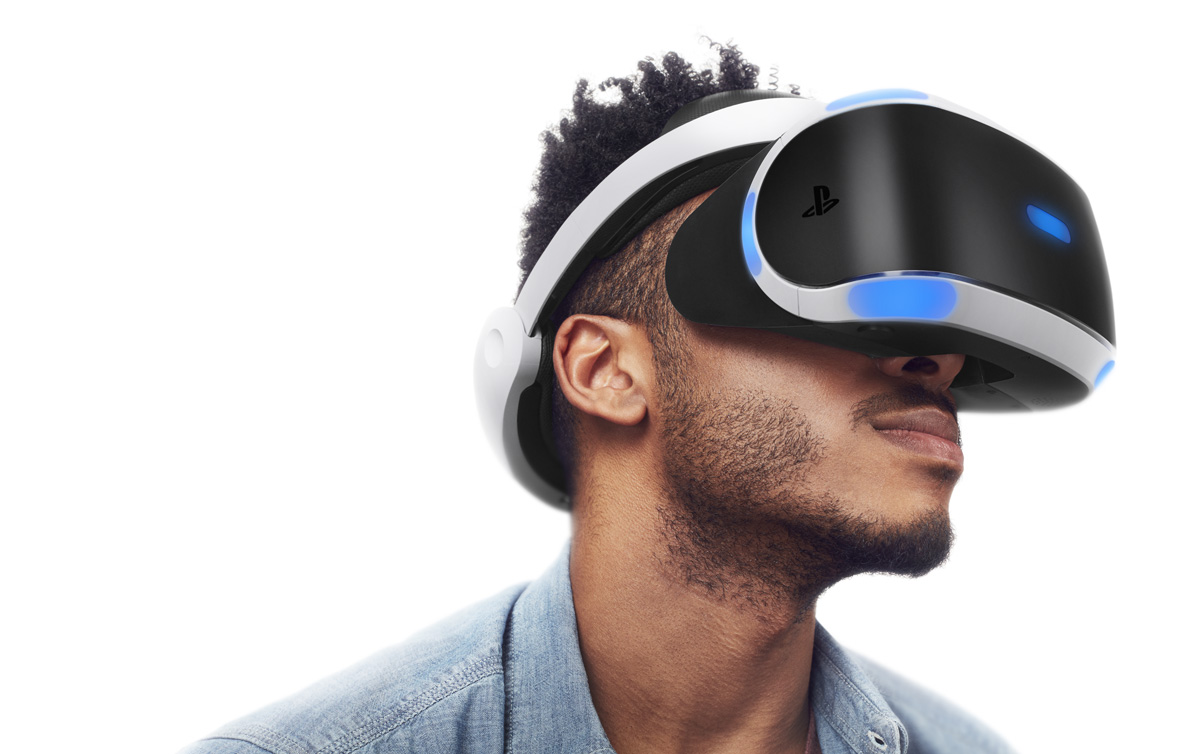
VR Is Mainly For Teenagers And Adults
Most companies selling VR headsets set a guiding age restriction of 12 or 13 and over. As far as we can tell, this guideline is in place as a general precaution because so little study has been done into both the short and long-term effects of wearing virtual reality systems on kids.
Nonetheless, if you are a parent or guardian with VR in the home kids will sit there watching your jaw drop the moment you put on the headset and they’ll immediately beg to try it too. As a parent myself, it is difficult to resist the urge to let your child share in the experience. Google even promotes the use of ultra-cheap VR headsets in schools as a way of providing educational virtual field trips, and there are lots of educational, creative, and even playful virtual worlds that include a “smaller human mode” setting up everything so it is easily within reach of a kid.
Given the lack of information about effects, I don’t want to make any recommendations about how others use VR headsets with kids. Just be aware that it is an unknown right now, and VR overtakes your senses more than any technology before it.
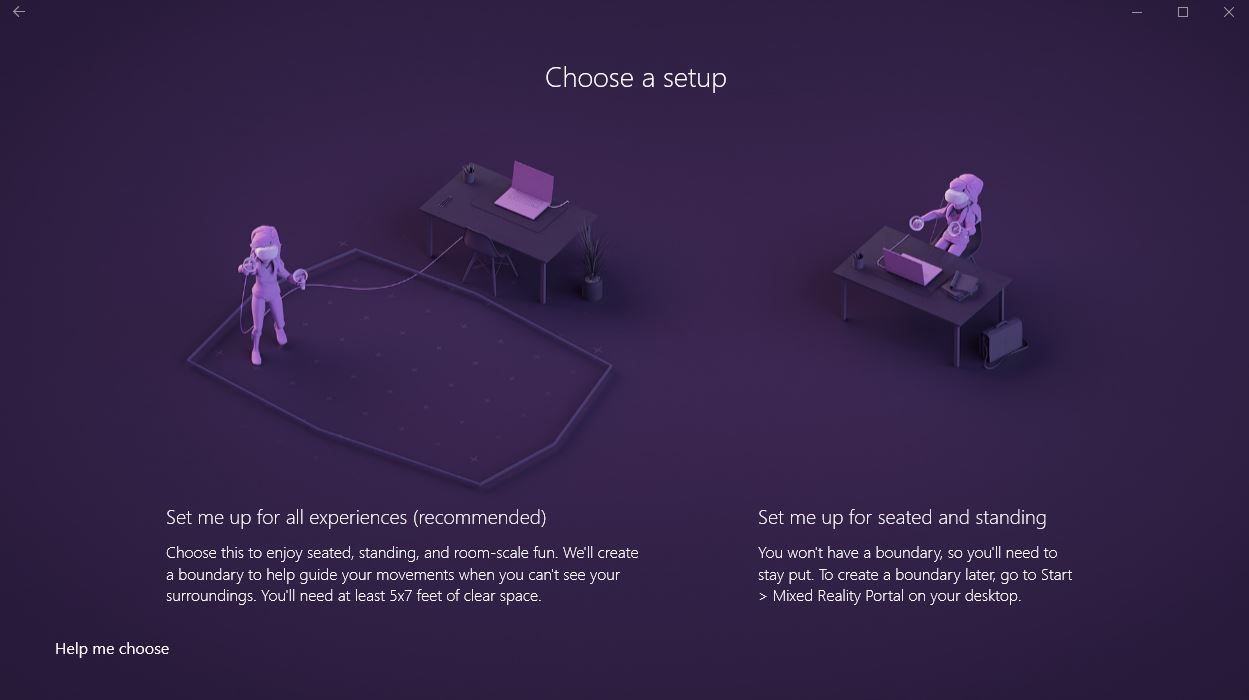
Get Ready For Setup
Almost all major VR headsets currently on the market come with multiple pieces that need to be fitted together to work. The simplest example is a phone, like a Google Pixel 2 or Samsung Galaxy 8/Note 8, that is placed into a holder that straps to your head. The most complicated example is an Oculus Rift or HTC Vive with wires that need to be plugged into a relatively expensive PC along with multiple pieces of hardware set up around the outside of the room.
There are simpler setup solutions that still offer full hand controls. The PlayStation VR headset is wired up to a PlayStation 4 console, along with a single camera. The arrival of VR headsets running Microsoft’s “Windows Mixed Reality” platform include Samsung, Acer, HP, Dell, ASUS, HP, and Lenovo. These are dramatically easier to set up while still offering the freedom to move around the room and use two hand controllers. These headsets just need to be plugged into a computer to work.
Before getting into VR, setup can range dramatically from five minutes to hours depending on whether you’re downloading software updates and virtual worlds to jump inside first or, in the case of Vive, Rift, or PlayStation VR, whether you’ve decided to mount hardware to your walls to maximize the amount of space you can move around inside a virtual world.

Immersion And Presence
The word “immersion” has been associated with entertainment for a long time, but with VR “immersion” is taken to such an extreme we start talking about “presence.” You actually feel present in another world wearing a VR headset, and different systems can enhance this feeling depending how you use it.
Now for the actual shopping guide.
Mostly seated: Google Daydream / Samsung Gear VR
Limited presence but low cost.
Seated or standing but you can only turn your head or look up and down. No leaning. You can use a one-handed controller that tracks some movement. A Samsung Note 8 or Galaxy 8 are both recent phones running Google Daydream and Oculus, assuming you buy a Daydream View and Gear VR. If you owned both HMDs you could play games from the Oculus Store or from the Google Play Store on each of their respective headsets.
Seated or Standing: Sony PlayStation VR
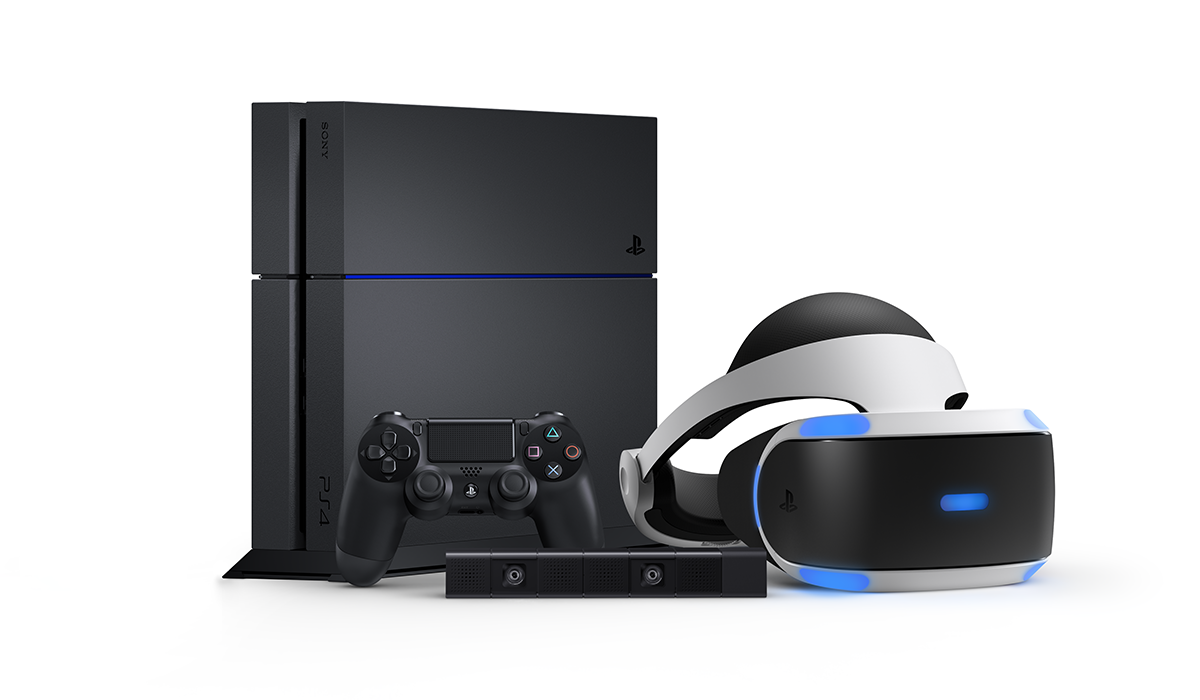
Some presence at moderate cost.
Seated or standing, with the freedom to move around your room a little bit. With Move controllers you can have your hands interact with the virtual environment too. PlayStation VR is wired using one camera you can set up around the TV or mount to the wall for optimum coverage. Biggest problem: You can break immersion when you realize you can’t turn around because the camera won’t see your movements.
In summary: Medium cost, good content, pretty good immersion
Room-scale: Rift/Vive/WMR
More presence at high cost.
The Rift, Vive and WMR headset all offer room-scale coverage, though they can also be used seated or standing. Each system requires a VR-Ready PC to power the experience offering full freedom of motion hand controllers. These headsets can give you an incredible sense of presence. WMR headsets are the easiest to set up but the most competitive players may want to pick up Rift or Vive. That’s because the way Rift and Vive track objects — using hardware on the outside of the environment looking inward — it can find the controllers more frequently. The WMR headsets have cameras on-board that can only see the controllers when you are looking in their general direction.
With Vive, the sense of presence could be enhanced in a few apps by bringing your full body into VR using Vive Trackers strapped to your waist and/or feet — though this involves even more setup. Also, Vive’s tracking system differs from Rift in an important way. The Vive base stations you place in opposing corners of the room don’t need to be plugged into a PC to work. The two base stations just need to see each other and be plugged into power to work. Rift sensors need to be plugged into the PC, and you need three of them for the greatest freedom.

Stores
In 2017, people get the best VR experiences from digital stores. Steam from Valve Software is supported across the greatest number of devices. Sony’s PlayStation Network Store and Facebook’s Oculus Store often pay developers for exclusives. Occasionally this can mean that a fairly well-funded and high-quality title won’t come to other stores, which can keep owners of competing headsets from having that experience. Usually, however, these end up as “timed exclusives” which means there’s just a period where it is available on only one store, eventually coming to Steam too. Here’s a breakdown of store compatibility by headset:
- Windows Mixed Reality VR Headsets: Windows Store, Steam
- Rift: Oculus Store, Steam [Best Rift Games]
- PSVR: PlayStation Network Store [Best PSVR Games]
- Vive: Steam, Viveport, (Oculus Store using the ReVive hack) [Best Vive Games]
- Daydream View: Google Play [Best Daydream Games]
- Gear VR: Oculus Store [Best Gear VR Games]
We don’t have a shopping guide dedicated to the best apps on each store, but instead break things down based on your headset of choice. You can find those suggestions at the links above.
Hardware Specs
The biggest cost of any VR headset in 2017 is going to be the thing you plug it into — a phone, PS4/PS4 Pro, or VR-Ready PC. If you already own one of these VR-compatible devices, a compatible headset is what you’re likely going to buy. If you’re in the market for a VR-Ready PC, you need to find one, build one, or purchase a bundle with one meeting the following specifications:
Oculus Rift Recommended Specs:
- Graphics card NVIDIA GTX 1060 / AMD Radeon RX 480 or greater (Alternative graphics card NVIDIA GTX 970 / AMD Radeon R9 290 or greater)
- CPU Intel i5-4590 equivalent or greater
- 8 GB+ RAM
- Compatible HDMI 1.3 video output
- 3x USB 3.0 ports, plus 1x USB 2.0 port
- Windows 7 SP1 64 bit or newer
HTC Vive Recommended Specs:
- NVIDIA GTX 1060 / AMD Radeon RX 480 equivalent or greater
- Intel i5-4590 or AMD FX 8350 equivalent or greater
- 4GB+ RAM
- Compatible HDMI 1.3 video output
- 2x USB 3.0 ports
- Windows 7 SP1 or newer
Windows Mixed Reality Recommended Specs (60 FPS):
- Intel HD Graphics 620 equivalent or greater
- Intel i7200U equivalent or greater
- 8GB+ RAM
- Compatible HDMI 1.3 video output
- 1x USB 3.0 port
- Windows 10 Fall Creators Update
Windows Mixed Reality Ultra Recommended Specs (90 FPS):
- NVIDIA GTX 1050/AMD RX 560 equivalent or greater
- Intel i5-4590 or AMD FX 8350 equivalent or greater
- 8GB+ RAM
- Compatible HDMI 1.3 video output
- 1x USB 3.0 port
Shopping Guide Deals
There are surely a lot of deals likely to pop up between now and Cyber Monday, but here’s a collection of the deals available for Black Friday 2017 that we know of:
- $30: A Year of Access To 60 VR Apps On Vive
- $150: Vive Tracker Bundles
- $200: PlayStation 4
- $300: Lenovo WMR and Hand Controllers
- $300: Acer WMR and Hand Controllers
- $350: PSVR, Hand Controllers and Skyrim
- $350: Oculus Rift and Hand Controllers
- $600: Vive bundled with Audio Strap and Fallout
- $800+:Good VR-Ready PC Deals

